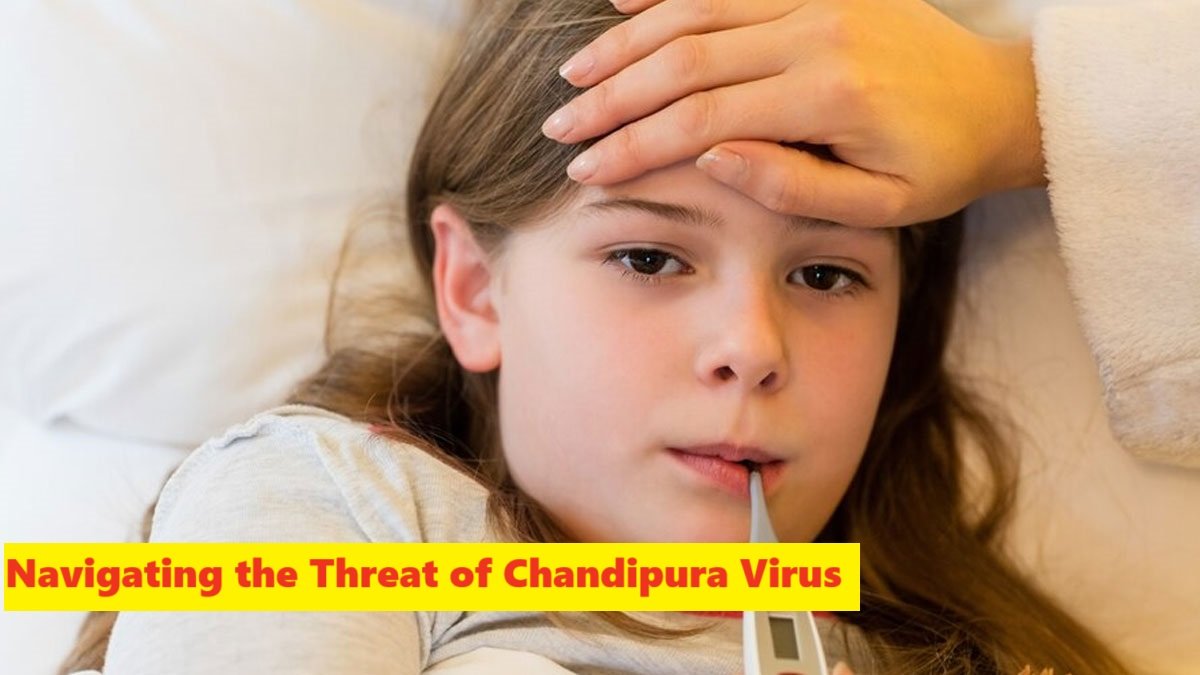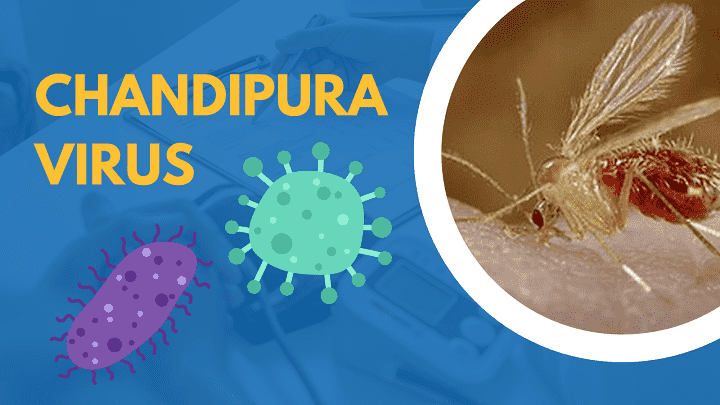Navigating the Threat of Chandipura Virus: Essential Information and Protective Measures
The Chandipura virus, a lesser-known but potentially dangerous pathogen, has emerged as a concern for public health, particularly in areas with high mosquito populations. This article delves into the critical aspects of the Chandipura virus, including its characteristics, transmission methods, symptoms, prevention strategies, and current treatment options. We aim to provide a comprehensive understanding of this virus to help readers safeguard their health and that of their loved ones.
What is Chandipura Virus?
The Chandipura virus is a member of the Vesiculovirus genus within the Vesiculoviridae family. It is an enveloped, single-stranded RNA virus. The virus is known for its ability to cause severe illness, particularly in regions where its mosquito vector is prevalent. First discovered in 1965 in the Indian village of Chandipura, it has since been identified as a significant health threat in parts of South Asia.
How is Chandipura Virus Transmitted?
Transmission of the Chandipura virus primarily occurs through mosquito bites. The virus is carried by mosquitoes of the Phlebotomus genus, which are common in rural and semi-urban areas where stagnant water provides breeding grounds. When an infected mosquito bites a human, the virus is transmitted through its saliva into the bloodstream. Unlike some other viral infections, there is no evidence to suggest that Chandipura virus can be transmitted from person to person directly.
Identifying Symptoms of Chandipura Virus
Infection with the Chandipura virus can manifest in various ways, depending on the severity of the illness. Common symptoms include:
- High Fever: Often sudden and intense.
- Headaches: Severe and persistent.
- Muscle and Joint Pain: Generalized muscle pain.
- Skin Rash: Not always present, but can occur.
- Gastrointestinal Issues: Such as nausea and vomiting.
- Neurological Symptoms: In severe cases, symptoms such as seizures, altered consciousness, and encephalitis (inflammation of the brain) may occur.
Effective Prevention Strategies
Preventing Chandipura virus infection involves reducing exposure to mosquito bites and controlling mosquito populations. Here are some effective prevention methods:
- Use Mosquito Repellents: Apply repellents containing DEET or other recommended ingredients on exposed skin and clothing.
- Wear Protective Clothing: Opt for long-sleeved shirts and long pants, especially during peak mosquito activity times.
- Install Mosquito Nets and Screens: Use insecticide-treated nets and ensure that window and door screens are intact.
- Eliminate Standing Water: Regularly clean and empty containers that collect water, such as flower pots and old tires, to reduce mosquito breeding sites.
- Use Mosquito Traps: Consider using traps that attract and capture mosquitoes around your home.
Protecting Children from Chandipura Virus
Children are particularly susceptible to mosquito-borne diseases. To protect them from the Chandipura virus:
- Apply Safe Repellents: Use mosquito repellents that are specifically designed for children, following safety guidelines.
- Dress Children in Protective Clothing: Ensure they wear long-sleeved clothing and pants when playing outdoors.
- Ensure a Mosquito-Free Sleeping Environment: Use mosquito nets over beds and ensure that sleeping areas are equipp with screens.
- Educate Children: Teach children about the importance of avoiding mosquito-prone areas and using repellents.
Diagnosis and Current Treatment Options
Diagnosing Chandipura virus infection typically involves a combination of clinical evaluation and laboratory tests. Tests such as PCR (polymerase chain reaction) and serological assays can confirm the presence of the virus.
As of now, there is no specific antiviral treatment for Chandipura. Management of the disease is supportive and includes:
- Hydration: Keeping the patient well-hydrated to prevent dehydration.
- Fever Management: Using antipyretic medications to reduce fever and discomfort.
- Seizure Management: Administering anticonvulsants if seizures occur.
Recent Developments and Research
Ongoing research aims to develop effective vaccines and antiviral drugs against the virus. Scientists are investigating the virus’s genetic makeup and its interaction with host cells to identify potential therapeutic targets. Public health initiatives are also focusing on improving mosquito control measures and raising awareness in endemic areas.
Conclusion
The Chandipura virus, though less widely known, presents significant health risks, particularly in areas where its mosquito vector is common. By understanding its transmission, symptoms, and prevention methods, individuals can take proactive measures to protect themselves and their families. Continued research and effective mosquito control are vital to reducing the impact of this virus and improving public health outcomes.
FAQs
1. Where did the Chandipura virus originate?
The virus was first identified in Chandipura, India, in 1965.
2. What are the primary symptoms of Chandipura virus infection?
Symptoms include high fever, severe headache, muscle pain, rash, vomiting, and in severe cases, neurological symptoms such as seizures.
3. How is the Chandipura virus transmitted?
The virus is transmitted through mosquito bites, primarily from Phlebotomus mosquitoes.
4. Can the Chandipura virus be spread from person to person?
No, there is no evidence of person-to-person transmission; it spreads through mosquito bites.
5. What are the prevention methods for Chandipura ?
Prevention includes using mosquito repellents, wearing protective clothing, using mosquito nets, and eliminating standing water.
6. Are there vaccines available for the virus?
Currently, there are no vaccines available for the virus.
7. How is Chandipura diagnosed?
Diagnosis is confirmed through clinical evaluation and laboratory tests such as PCR and serological assays.
8. What treatments are available for Chandipura infection?
Treatment is supportive, focusing on hydration, fever management, and anticonvulsants for seizures.
9. Is the Chandipura infection fatal?
In severe cases, it can be fatal, especially if it leads to encephalitis.
10. How can I protect my family from the virus?
Use mosquito repellents, ensure protective clothing, maintain a mosquito-free environment, and educate family members on prevention.
Read More: Delhi Court Summons Dhruv Rathee Over Defamation Allegations by BJP Spokesperson








